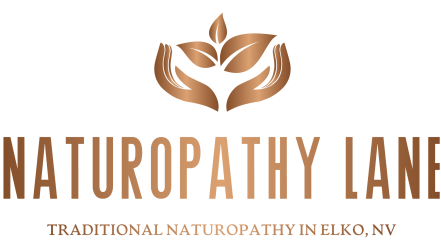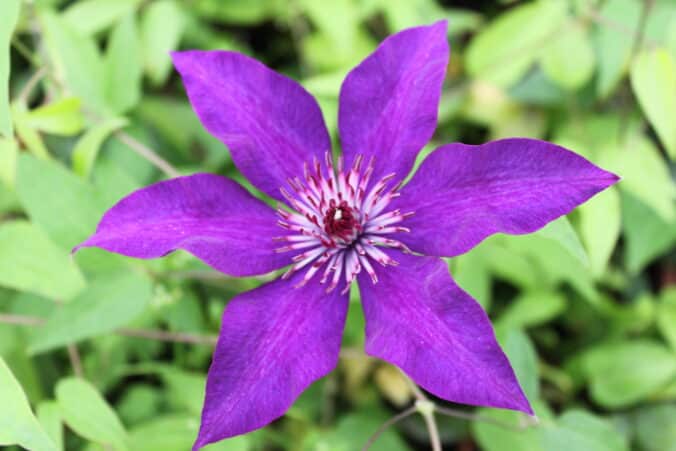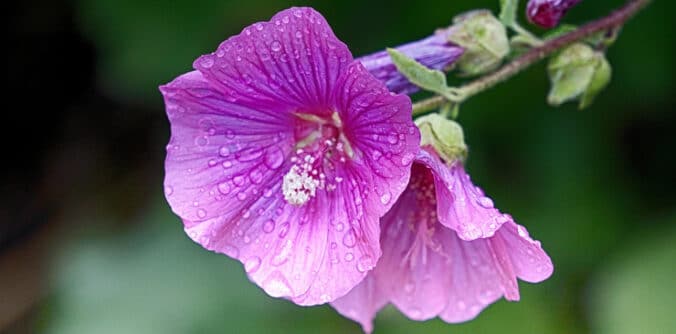Sandalwood is an evergreen tree that has been used for centuries in traditional medicine practices around the world. It is native to parts of India, Australia, and North America but can now be found in various regions worldwide. In this blog post, we will explore the active constituents in sandalwood, their mechanism of action on specific biochemical pathways, and their potential health benefits.
Sandalwood contains several bioactive compounds that have been shown to possess health benefits. The most notable are: Alpha-santalol,Beta-santalol, and other sesquiterpenes and terpenoids. Sandalwood has been shown to have a wide range of biological activities, including anti-inflammatory, antioxidant, antibacterial, and wound-healing properties. The active compounds in sandalwood, particularly alpha-santalol and beta-santalol, are responsible for many of these effects by modulating various biochemical pathways involved in inflammation, oxidative stress, and cellular signaling. Anti-inflammatory: The sesquiterpenes and terpenoids in sandalwood have been shown to inhibit the production of pro-inflammatory cytokines, such as TNF-alpha and IL-6, by suppressing the activation of NF-κB, a key transcription factor involved in inflammation.Antioxidant: this tree contains various antioxidants that help protect cells from damage caused by free radicals. The sesquiterpenes and terpenoids present in sandalwood have been shown to inhibit the production of reactive oxygen species (ROS) and prevent oxidative stress-induced cellular damage.Antibacterial: Sandalwood has been shown to possess antibacterial properties, likely due to the presence of sesquiterpenes and terpenoids that can disrupt bacterial cell membranes and inhibit bacterial growth.Wound-healing: The anti-inflammatory and antioxidant properties of sandalwood make it a valuable addition to wound care products, as it can help reduce inflammation and oxidative stress at the site of a wound, promoting faster healing.
Sandalwood has been used for centuries in traditional medicine practices around the world. It has been used to treat a variety of health conditions, including skin conditions such as acne and eczema, respiratory infections, digestive disorders, and even as an aphrodisiac. Additionally, sandalwood oil is commonly used in aromatherapy for its calming and soothing effects on the mind and body.
Sandalwood is a versatile tree with numerous health benefits that can be attributed to its active constituents, particularly alpha-santalol and beta-santalol. Whether you’re looking to reduce inflammation, protect against oxidative stress, or promote faster wound healing, sandalwood may be worth considering as part of your natural health regimen. Its history in traditional medicine practices around the world speaks to its effectiveness as a natural remedy for various health concerns.
Further Reading on Natural Medicine:
Herbs: Loveage Morinda Quassia Royal Jelly Walnuts







